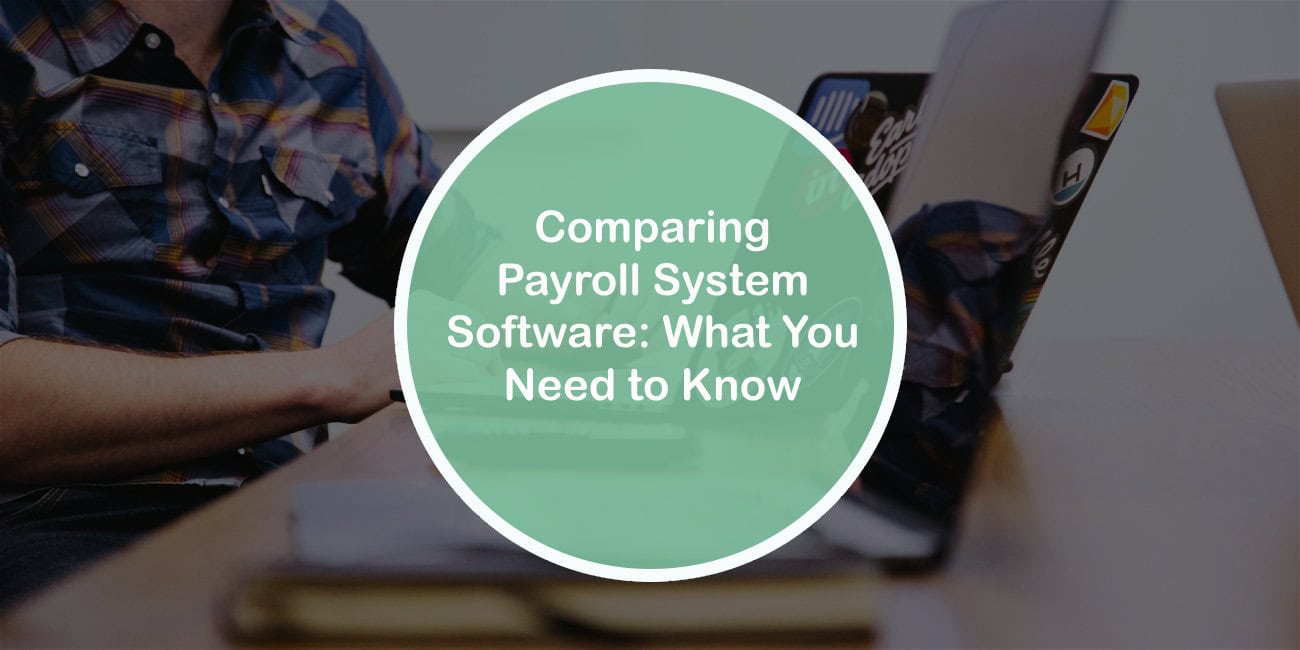In today’s fast-paced digital landscape, businesses constantly seek ways to streamline their processes, reduce costs, and enhance efficiency. One important aspect of business operations is payroll management. A well-designed and user-friendly payroll system can significantly simplify the payroll process and save businesses valuable time and resources. However, with a plethora of software options available in the market, choosing the right payroll system for your organization can be a daunting task.
To make an informed decision that best suits your business needs, it’s crucial to understand the key features, benefits, and considerations associated with each payroll system software. This article aims to provide you with an overview of what you should know when comparing payroll software.

1. Scalability
As your business grows, it’s vital to choose a payroll system that can accommodate increasing employee numbers quickly and efficiently. Look for systems that offer seamless scalability to support your future expansion plans without compromising performance.
The best payroll for small business solutions will provide automation, compliance support, and easy integration with other financial tools. Investing in the right payroll system ensures smooth operations and accurate compensation management.
2. Core Functionality
When evaluating different software options, consider their core functionality in managing the entire payroll process – from calculating wages and deductions to tax compliance and generating payslips. Ensure that the software covers all crucial aspects of payroll management that are specific to your industry.
3. Employee Self-Service Portal
Offering employees access to an online portal where they can view their pay stubs, retrieve tax forms, update personal information, and request leave can empower them with greater control over their financial matters. As you compare different systems, evaluate their self-service capabilities as well as user-friendliness for seamless accessibility.
4. Integration Capabilities
Payroll management doesn’t operate in isolation; it often requires integration with other key systems, such as accounting or human resources software. Be sure to assess the compatibility of each payroll system with existing or potential third-party integrations for smooth data exchange between platforms.
5. Stay Compliant
Compliance requirements vary across regions and industries. Choose a payroll system that accurately handles federal, state, and local tax calculations, utilizing accurate payroll codes to classify wages and deductions according to the latest regulations. This ensures compliance and helps prevent costly penalties.
Select a payroll system that handles federal, state, and local tax calculations accurately in accordance with the latest regulations. Having a system in place that automatically updates tax rates and ensures compliance can save you from potential penalties or legal issues.
6. Reporting and Analytics
Advanced reporting capabilities provide valuable insights into your payroll data. Look for systems with customizable reports that allow you to track employee costs, analyze overtime trends, and generate audit-ready reports effortlessly. This functionality can help you make informed decisions and better understand your business’s financial health.
7. Customer Support and Training
Implementing a new software system can be challenging without the right support and training. Evaluate the level of customer support offered by different vendors, such as 24/7 helplines or dedicated account managers. Additionally, inquire about the availability of training resources like video tutorials or user manuals to ensure smooth implementation and minimal downtime.
8. Data Security
Protecting sensitive employee data should be a top priority when considering a payroll system. Engage vendors who prioritize robust security measures, including encryption methods, regular backups, access controls, and compliance with strict data privacy policies. This ensures that your employees’ personal information remains secure at all times.
9. Cost Considerations
Assessing the total cost of ownership is essential before selecting a payroll system. Calculate not just the upfront cost but also ongoing maintenance fees or charges for additional features required by your organization. It’s crucial to choose an option that fits your budget while still meeting all necessary requirements.

10. Reviews and Feedback
Lastly, feedback from current clients who are already using the software options under consideration is sought. Also, go through online reviews to get a grasp of vendor reputation. Client testimonials often hold useful insights into aspects like vendor responsiveness, support quality, and overall satisfaction levels. Incorporating real-world experiences will help you make an informed decision while comparing different payroll system software options for your business.
Conclusion
When comparing payroll system software options, consider scalability, core functionality, integration capabilities, compliance requirements, reporting, and analytics features. Additionally, prioritizing customer support and training will ensure smooth adoption and ongoing usage of the system. Security must also be calculated to guard employee information. Considering all these factors will enable you to make the best choice for your organization’s unique needs.

